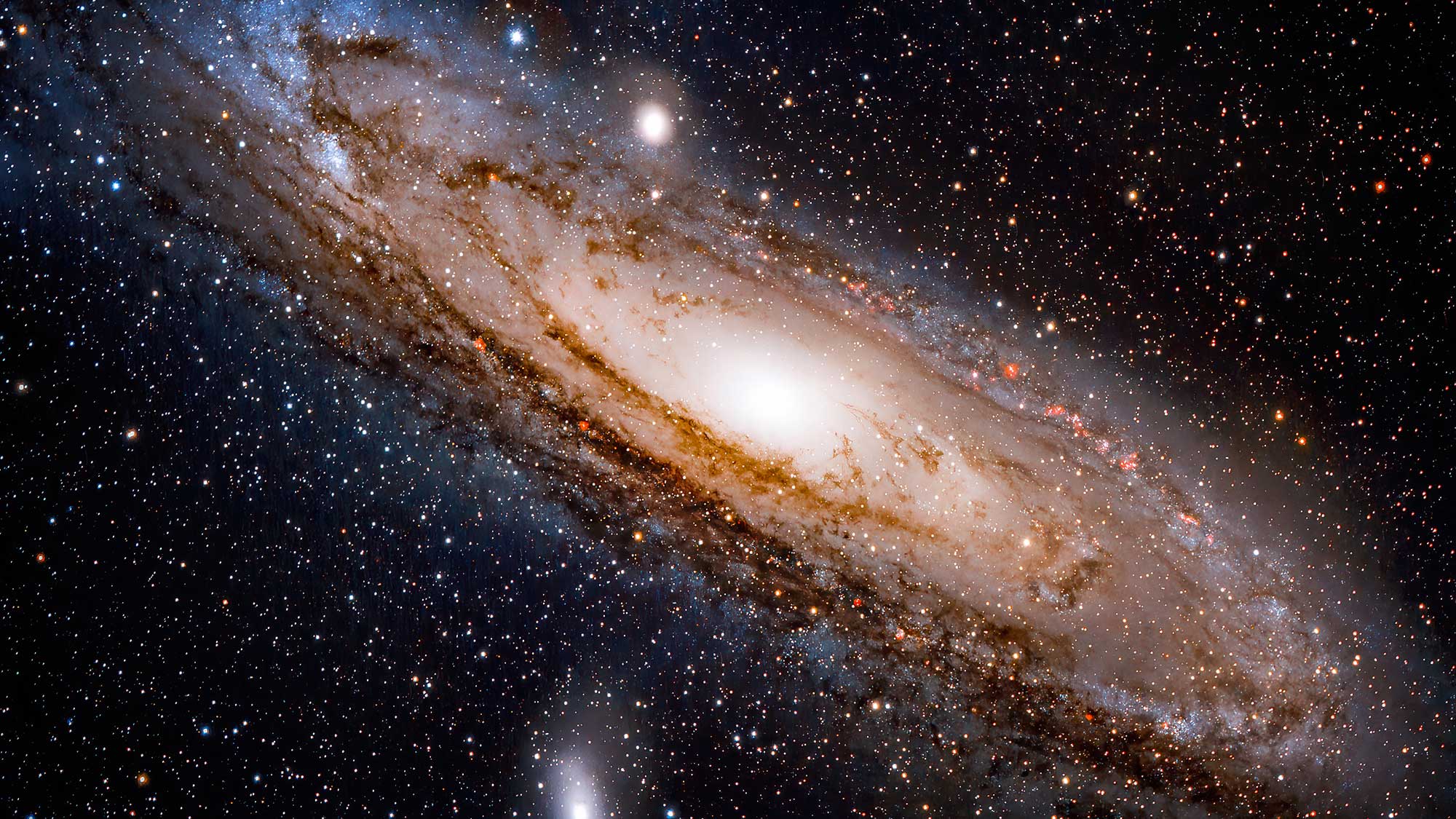Never-before-seen black hole discovered in Andromeda galaxy
The ‘intermediate-mass black hole’ is smaller than the black holes at the centre of galaxies but larger than those born when stars explode

Your support helps us to tell the story
From reproductive rights to climate change to Big Tech, The Independent is on the ground when the story is developing. Whether it's investigating the financials of Elon Musk's pro-Trump PAC or producing our latest documentary, 'The A Word', which shines a light on the American women fighting for reproductive rights, we know how important it is to parse out the facts from the messaging.
At such a critical moment in US history, we need reporters on the ground. Your donation allows us to keep sending journalists to speak to both sides of the story.
The Independent is trusted by Americans across the entire political spectrum. And unlike many other quality news outlets, we choose not to lock Americans out of our reporting and analysis with paywalls. We believe quality journalism should be available to everyone, paid for by those who can afford it.
Your support makes all the difference.Astronomers have discovered a black hole unlike any other, one of the only confirmed ‘intermediate-mass black holes’ – an object that has long been sought by scientists.
This particular black hole, at one hundred thousand solar masses, is smaller than the black holes at the centre of galaxies but larger than those that are born when stars explode.
“We have very good detections of the biggest, stellar-mass black holes up to 100 times the size of our sun, and supermassive black holes at the centres of galaxies that are millions of times the size of our sun, but there aren’t any measurements of black between these. That’s a large gap,” said senior author Anil Seth, associate professor of astronomy at the University of Utah and co-author of the study. “This discovery fills the gap.”
The black hole was hidden within the star cluster B023-G078, in the Andromeda galaxy. It was originally thought to be a cluster of stars, but researchers now believe it is a stripped nucleus - a remnant of small galaxies that fell into bigger ones and had their outer stars stripped away by gravitational forces.
“Previously, we’ve found big black holes within massive, stripped nuclei that are much bigger than B023-G078. We knew that there must be smaller black holes in lower mass stripped nuclei, but there’s never been direct evidence,” said lead author Renuka Pechetti, then of Liverpool John Moores University. “I think this is a pretty clear case that we have finally found one of these objects.”
Researchers used observational data from the Gemini Observatory and images from the Hubble Space Telescope to model the object’s light profile, thereby determining its mass.
While a globular cluster has a signature light profile that has the same shape near the centre as it does in the outer regions, B023-G078 has one that is round at the centre and flatter at the edges. The chemical makeup of the stars is different too, with heavier elements at the centre compared to than those near the object’s edge.
“Globular star clusters basically form at the same time. In contrast, these stripped nuclei can have repeated formation episodes, where gas falls into the centre of the galaxy, and forms stars. And other star clusters can get dragged into the centre by the gravitational forces of the galaxy,” said Seth. “It’s kind of the dumping ground for a bunch of different stuff. So, stars in stripped nuclei will be more complicated than in globular clusters. And that’s what we saw in B023-G078.”
The researchers’ model had stars moving too slowly, compared to their observations, until they added a simulated black hole into the mix. Then, the speeds matched the observed data.
“The stellar velocities we are getting gives us direct evidence that there’s some kind of dark mass right at the center,” said Pechetti. “It’s very hard for globular clusters to form big black holes. But if it’s in a stripped nucleus, then there must already be a black hole present, left as a remnant from the smaller galaxy that fell into the bigger one.”
The study was published on 11 January 2022 in The Astrophysical Journal.
Join our commenting forum
Join thought-provoking conversations, follow other Independent readers and see their replies
Comments